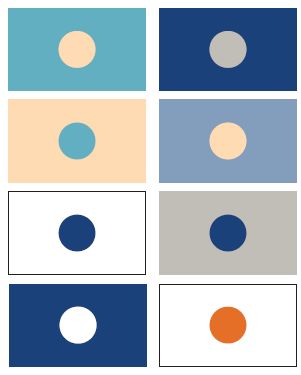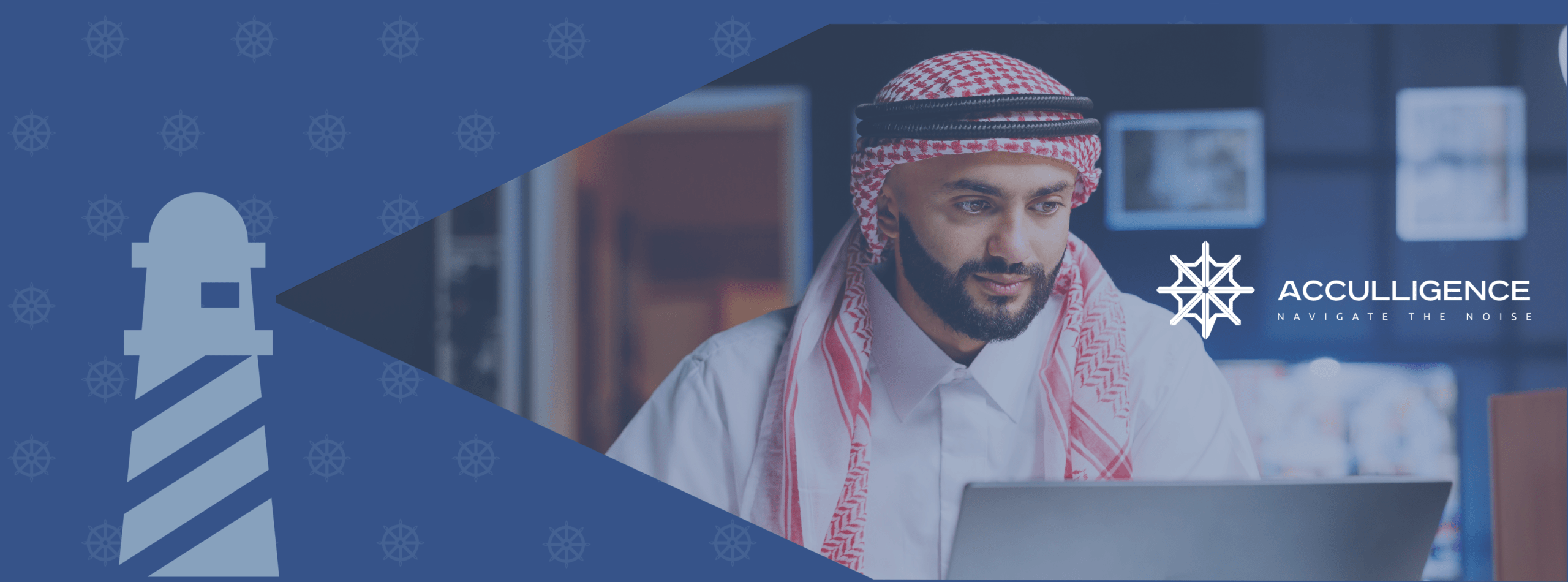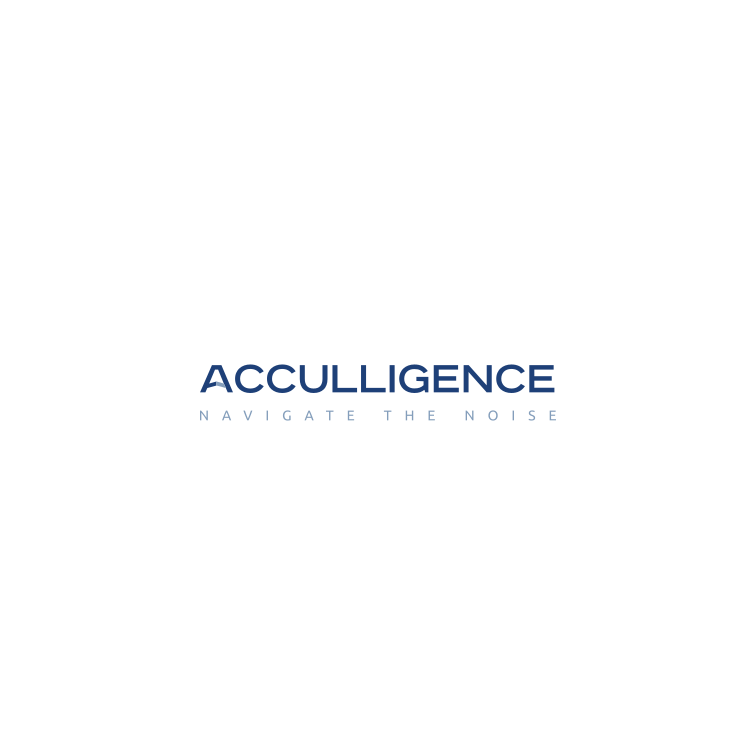Every voyage begins with a simple yet defining question: Where are we headed?
It may sound trivial, but clarity of direction is what separates purpose from drift.
At Acculligence, our compass has always pointed toward clarity, accuracy, and insight. Yet we also know that no amount of data, technology, or automation can steer a ship without a guiding hand.
That’s why our new visual identity revolves around the rudder — that small but decisive instrument that transforms motion into direction and direction into destiny.
The Meaning Behind the Rudder
Since humankind first ventured into the sea, the rudder has been its steadfast companion.
Over centuries, sails have given way to engines, and celestial navigation has evolved into GPS precision. Yet one thing has never changed — the rudder remains at the heart of every journey.
It endures as a timeless reminder that at the heart of every advancement, human judgment still holds the wheel. However advanced our tools become, it is the human mind — the thinker, the analyst, the strategist — that gives meaning to movement and turns information into intelligence.
This belief defines the Acculligence philosophy.
In a world awash with data, powered by algorithms, and blurred by AI hallucinations, wisdom lies not in surrendering to machines but in guiding them — interpreting, analyzing, and transforming data into actionable insight.
The rudder, modest in size yet profound in impact, embodies that balance between human insight and machine intelligence.
Purpose Before Motion
A ship can sail vast oceans, but without a clear direction, it merely drifts faster toward nowhere.
At Acculligence, we believe direction must precede acceleration.
Whether we are monitoring media trends, analyzing narratives, translating ideas, or creating content, we begin with the same essential question:
What’s the goal? What’s the purpose?
Only after that do we let technology amplify our reach and efficiency.
For us, the rudder serves as a constant reminder that vision — not velocity — keeps us on course, ensuring every journey ends where it’s meant to, not where the current happens to take it.
The Human Touch in an Algorithmic Age
We live in an age ruled by algorithms, where headlines are parsed, reports compiled, and summaries generated in seconds.
But even the most advanced systems can misread, distort, or hallucinate.
That’s why human direction has never been more essential.
We observe, analyze, interpret, localize, and refine — our eyes fixed on the goal, our footing steady on the charted course, unswayed by noise or haste.
To us, the rudder is not just a tool of control — it’s a symbol of responsibility:
the duty to guide decisions with clarity, anticipate risks before they surface, and steer through complexity with confidence.
Just as a captain adjusts course through storms, our analysts, strategists, researchers, translators, and editors steer every project toward precision, coherence, and purpose.
Designing the Symbol
Our designers captured this philosophy with care.
They intertwined the goal circle — a symbol of purpose — with the rudder’s axis of direction, illustrating how vision and guidance work in harmony.
At its core stands the letter A — drawn from Acculligence and the alphabet’s very first letter — representing both a beginning and a commitment to excellence.
It is repeated eight times, a nod to the discipline of continuous review, validation, and refinement — the process that ensures clarity, accuracy, and insight at every turn.
The color palette blends the warmth of wood with the depth of ocean blue, symbolizing the balance between stability and exploration, intuition and analysis, humanity and technology.

From Ships to Spacecraft
The rudder’s essence transcends the sea.
It lives wherever direction matters — in a pilot’s joystick, a car’s steering wheel, a spacecraft’s thrusters, even a gamer’s controller.
Every journey — real or virtual — demands a sense of direction.
So does every brand that aspires to make a lasting impact.
Our Message
The rudder is more than a design element.
It’s a statement of principle — a declaration of how we navigate our world:
- Strategy before speed.
- Insight before automation.
- Human intelligence before artificial output.
- Direction before momentum.
Because in the end, success is not defined by how fast we move — but by how clearly we see where we’re going.


